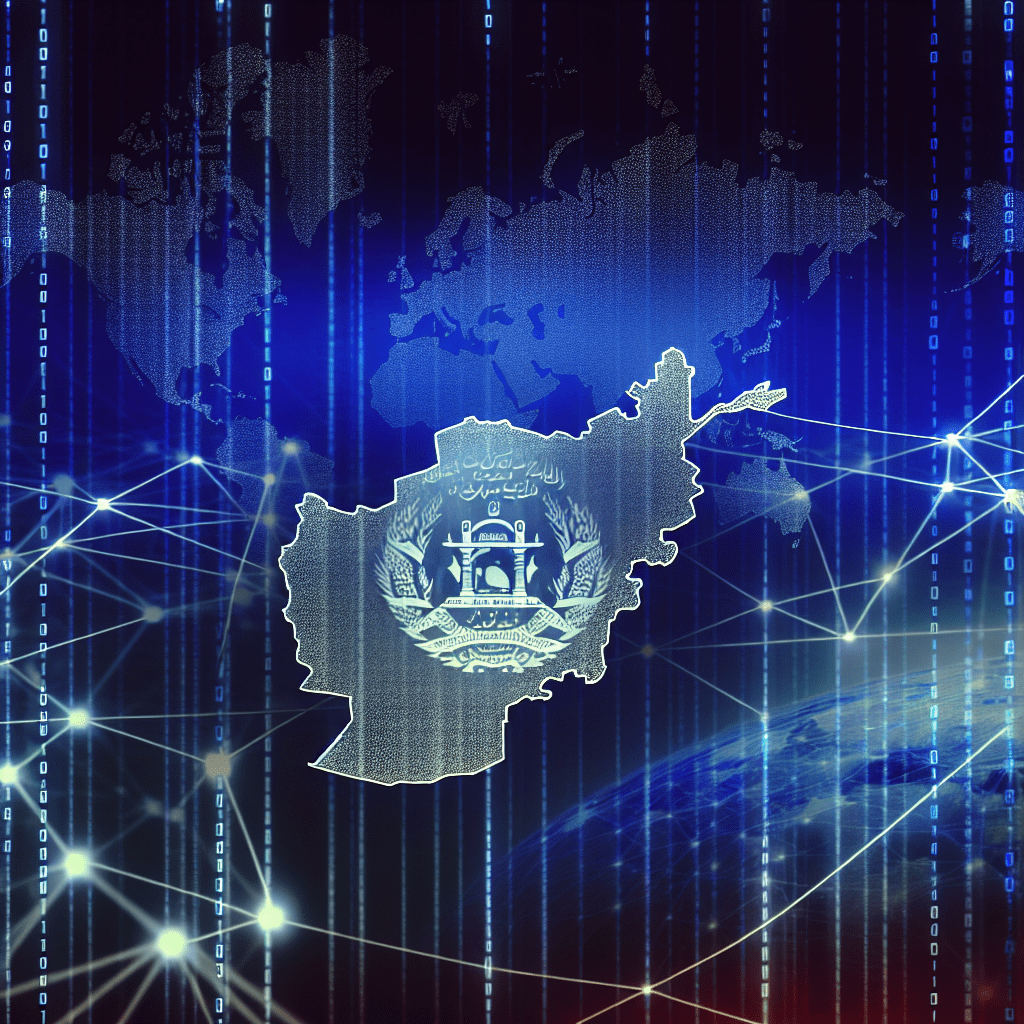The recent internet outage across Afghanistan highlighted a significant flaw in the top decentralized blockchains: their reliance on centralized internet providers that are susceptible to government control and technical failures.
The nation experienced a near-total internet blackout lasting approximately 48 hours, with connectivity restored on Oct. 1, as reported by Reuters . The outage was reportedly instigated by the Taliban government, although officials later cited “technical issues” related to fiber optic cables.
Despite the goal of blockchains to offer a public, censorship-resistant platform for value transfers, their dependence on centralized internet services complicates their functionality during outages.
“The Afghanistan blackout is not merely a regional connectivity issue: It serves as a wake-up call,” stated Michail Angelov, co-founder of the decentralized WiFi platform Roam Network. “When connectivity is controlled by a few centralized providers, the potential of blockchain can vanish overnight,” he added.
According to a September report from ABC News, the nationwide internet and mobile data services outage impacted around 13 million people. This marked the first such nationwide disruption under Taliban governance, following prior regional limitations introduced earlier in September to restrict online activities considered “immoral.”
The Taliban refuted the ban, attributing the internet disruption to technical difficulties including issues with fiber optic cables.
Iran has similarly grappled with internet censorship during its ongoing conflict with Israel.
The Iranian government shut down internet access for 13 days in June, allowing only domestic messaging apps, which drove many Iranians to search for secret internet proxy links for temporary access, as reported by The Guardian on June 25.
Related: $11B Bitcoin whale returns with $360M BTC transfer after 2 months
DePIN projects are advancing decentralized internet infrastructure
The blackout in Afghanistan has intensified demands for decentralized connectivity solutions that eliminate single points of control.
Decentralized wireless networks are emerging as alternatives to traditional internet providers, as part of a broader technological shift termed decentralized physical infrastructure network, or DePIN.
Roam seeks to create a smartphone-powered decentralized wireless network that crowdsources mobile signal measurements to develop a “living map of connectivity.”
With the introduction of the project’s forthcoming eSIM, devices can automatically select the best available internet sources, whether public carrier networks, private mesh networks, or peer-to-peer local options.
“Roam users can observe in real-time what works where: No uncertainty during outages,” ensuring a connection remains available even when “centralized infrastructures fail,” stated Angelov.
Related: $10B in Ethereum awaits exit as validator withdrawals surge
World Mobile operates the largest decentralized network with 2.3 million daily active users across over 20 countries, according to data from worldmobile.io.
The project reported over $9.8 million in total revenue in August, with earnings shared among AirNode operators, stakers, and other contributors.
Helium stands as the second-largest decentralized wireless network, operating in over 190 countries with 112,000 hotspots globally. It claims to have over 1.3 million daily users on its decentralized network.
Users are incentivized to host hotspots for internet coverage through rewards in Helium (HNT) tokens.
Proponents assert that the full realization of blockchain technology’s potential for financial freedom and censorship resistance cannot occur until the underlying internet becomes more decentralized.
As Angelov noted, “If decentralization halts at the protocol level, we haven’t genuinely addressed the issue — we’ve merely shifted the locus of control.”
Magazine: Most DePIN projects barely even use blockchain — True or false?

